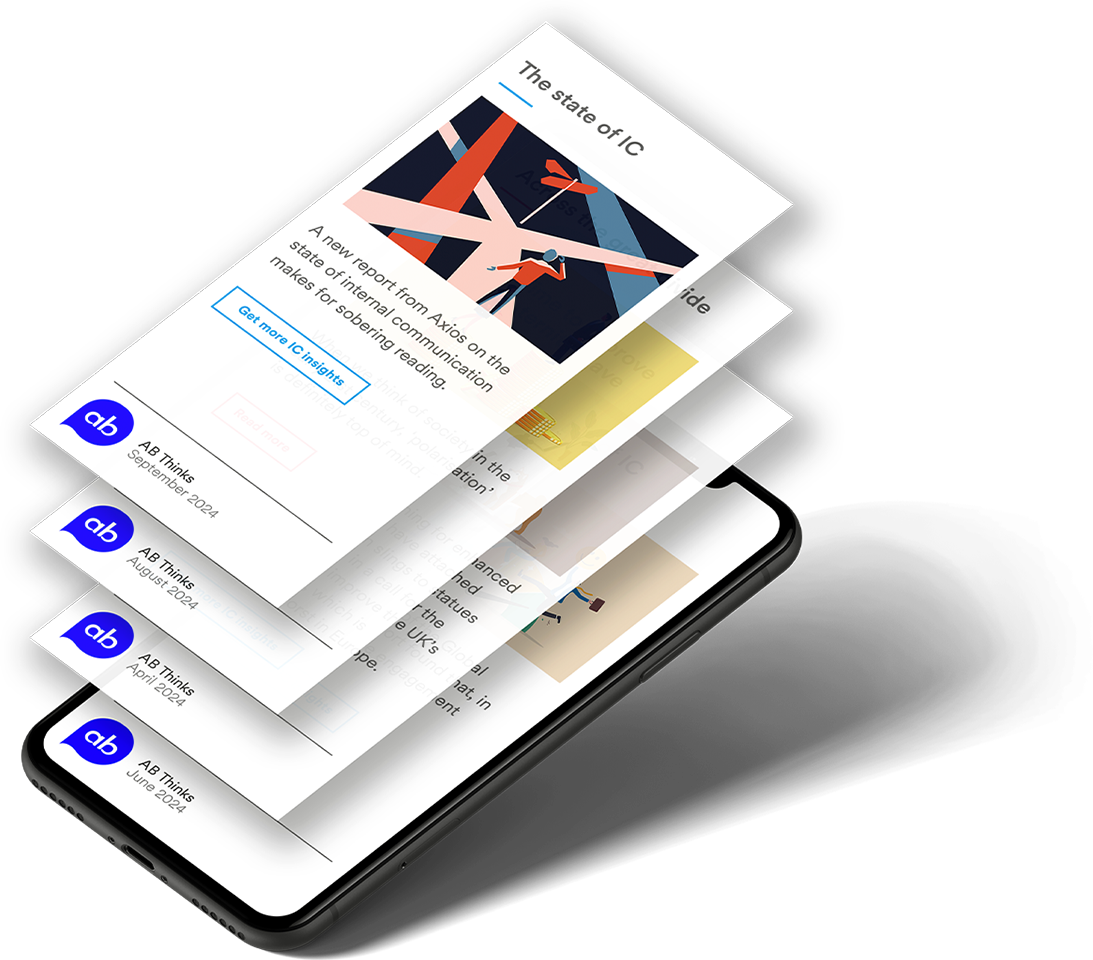Picture the scene:
The new Chief People Officer has just started their role at a mid-size, nominally friendly organisation which is exceeding all expectations when it comes to employee engagement.
In their first week they are invited to an informal lunchtime event to meet some of the team.
They’re a few minutes late. The lunchroom is buzzing.
The new CPO bursts through the door and all eyes turn on them. Time to make an impression.
“MEETINGS UNDER 20 MINUTES ARE THE ONLY MEETINGS WORTH HAVING!” the CPO shouts.
The room is silent.
Try again. Perhaps something more provocative this time.
“PERFORMANCE REVIEWS ARE POINTLESS!”
Still silence. No ‘likes’. No comments.
Now, would anyone behave like this new CPO? No. You’d hope not.
So, why do we so often see leaders broadcasting rather than listening and participating on internal social media channels?
As the founder of Propel, Roger Christie, recently told Katie Macaulay on the Internal Comms Podcast, ‘the greatest misconception about social media is treating it as social media,’ adding: ‘There should be no difference between who you are and how you turn up online… that perception gap is the greatest risk for leaders.’
Roger’s job is to help senior leaders earn their teams’ trust.
He says the lessons are clear. Authenticity, clarity and respect matter whether you’re leading a meeting, attending an informal lunch, or posting a comment online.
By treating social media as an extension of your real-world interactions, you can avoid misunderstandings and turn every digital engagement into an opportunity to build trust.
So, step one: listen. Then, two: join the conversation, don’t just broadcast your own.
Some leaders think their teams will listen to them because of the job title alone.
60 years of experience in internal communication has taught us at AB that this is never the case. And nowhere more so than in the delicate world of the internal social media channel.
Learn more from Richard in episode #123 of the Internal Comms Podcast with host Katie Macaulay.



